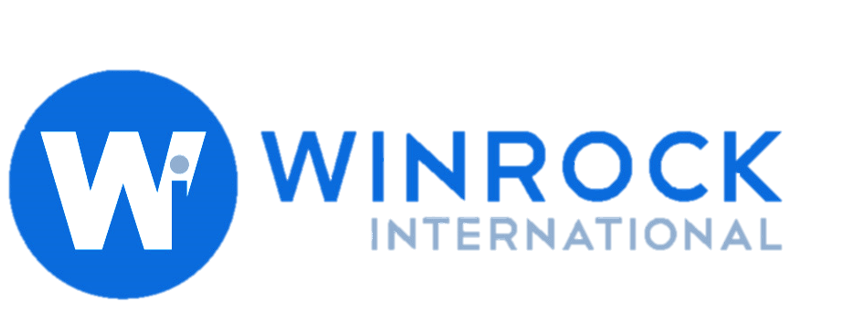Calculation Method:
- Numerator: number of target community members who can identify referral services and contacts
- Denominator: number of total surveyed individuals in the community
- Percentage = Numerator/ Denominator × 100
Data Collection:
Collect the data by conducting assessments with the target group. It is best to create the assessment with input from local case workers and CTIP social workers, in addition to other sources.
This questionnaire can be done immediately following the training and again a certain timeframe following the end of the training period to measure retention. If it is not measuring impact of a specific training program, the CSO may want to conduct the questionnaire prior to any awareness raising activities and then again after a campaign has ended to measure impact. The questions asked will need to be different for pre/post training program or campaign.
Core questions may include:
Q: Can you tell me a referral contact?
- This provides a measure of recall without a prompt being provided. The CSO member should note what referral contact is provided and whether or not it is correct [i.e., Did they mention an authority which would not be appropriate to report to?]
Q: Do you recognise any of the following referral contacts?
- Option A
- Option B
- Option C
- None of the above
This can be used to list referral contacts the CSO is aiming or has aimed to increase awareness of in a community.
The CSO member should note how many contacts are recognised by respondent. This is useful to be used in combination with the question above as it can measure recall ability of referral contact with and without prompts.
Q: If you need to refer someone, do you know where you could go to find out about who you should refer to?
This question is useful if the CSO / other authorities are present within the community to note whether community members are knowledgeable of support they can offer if they cannot identify more direct referral contacts.


